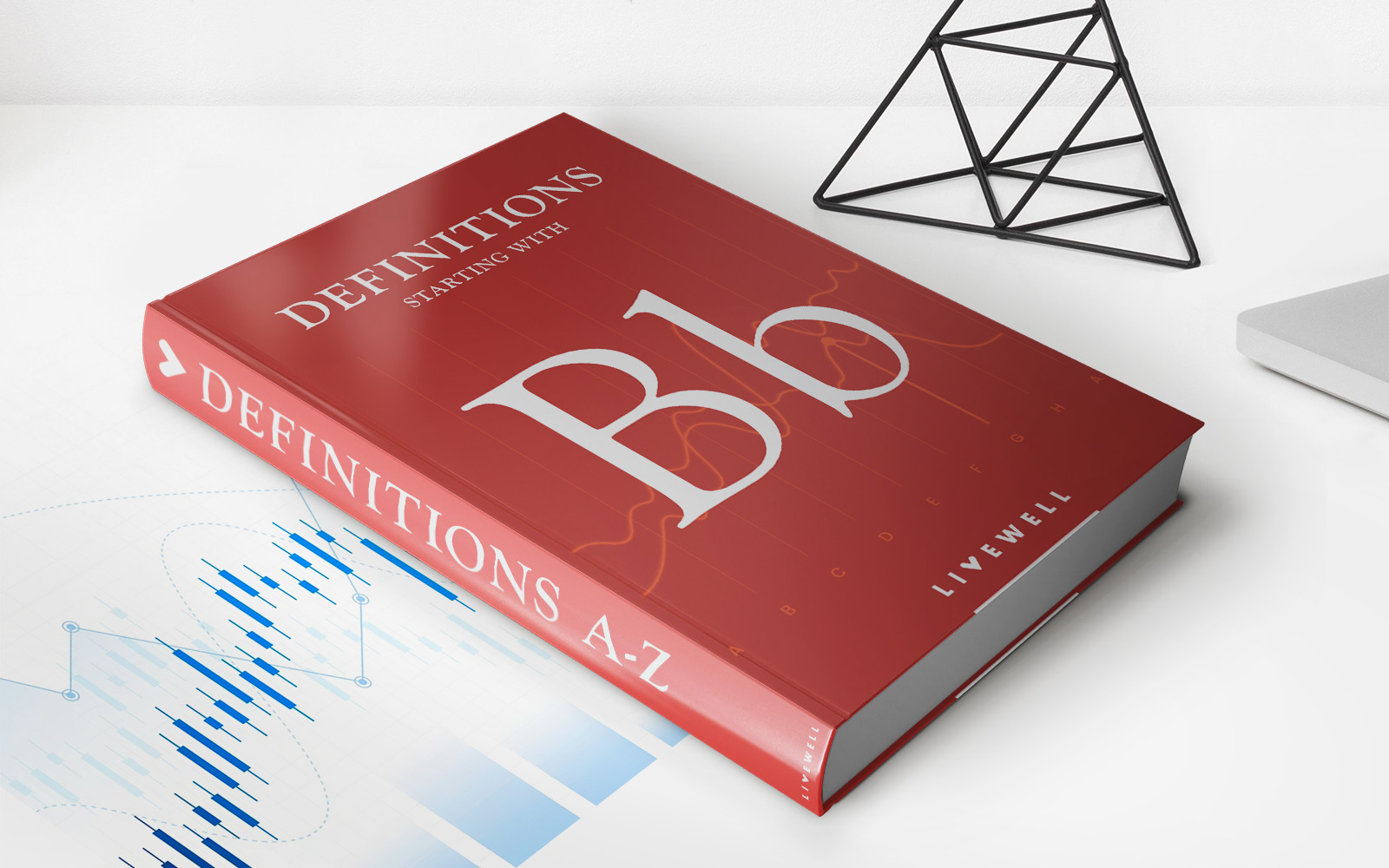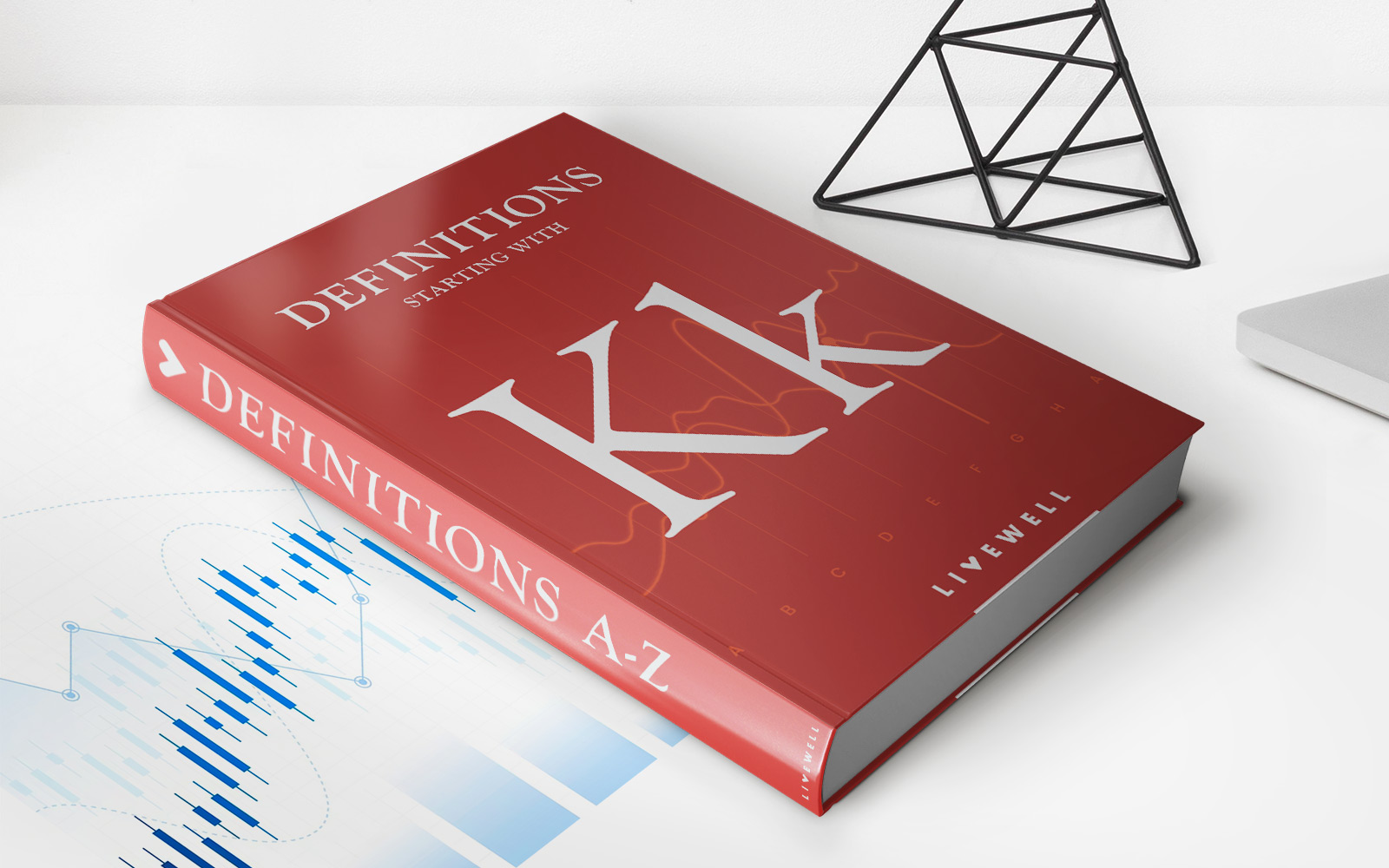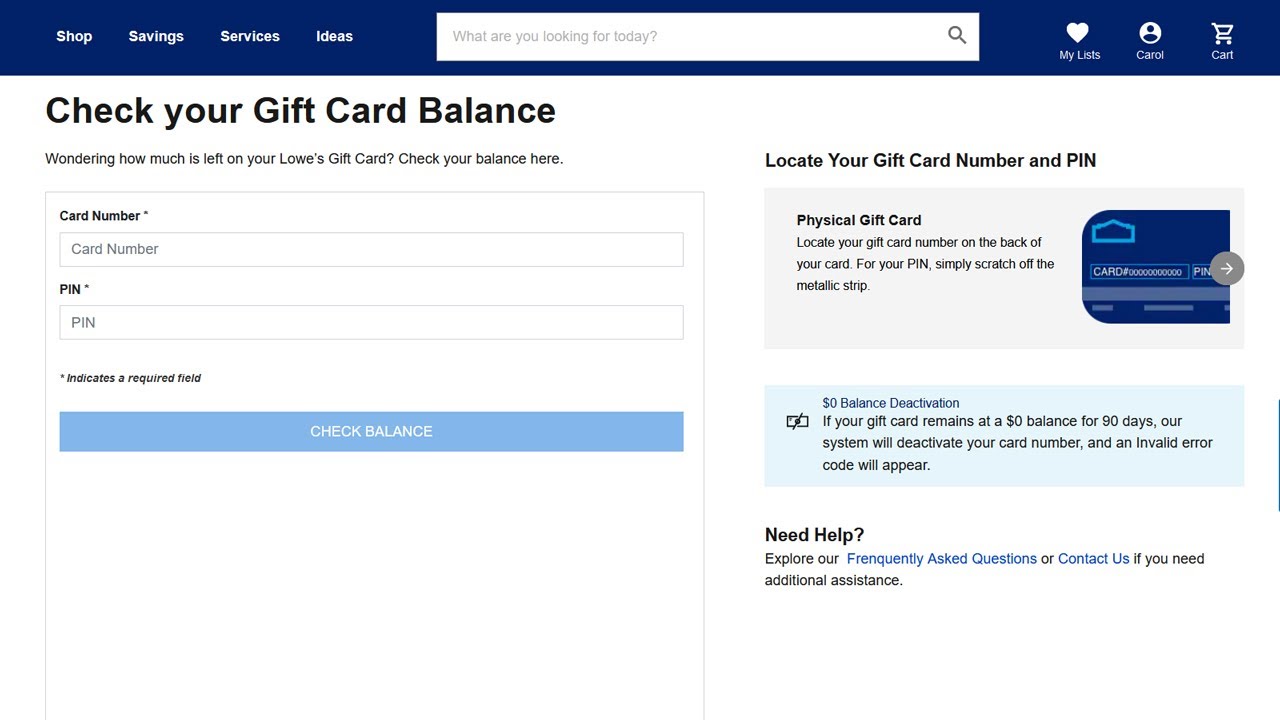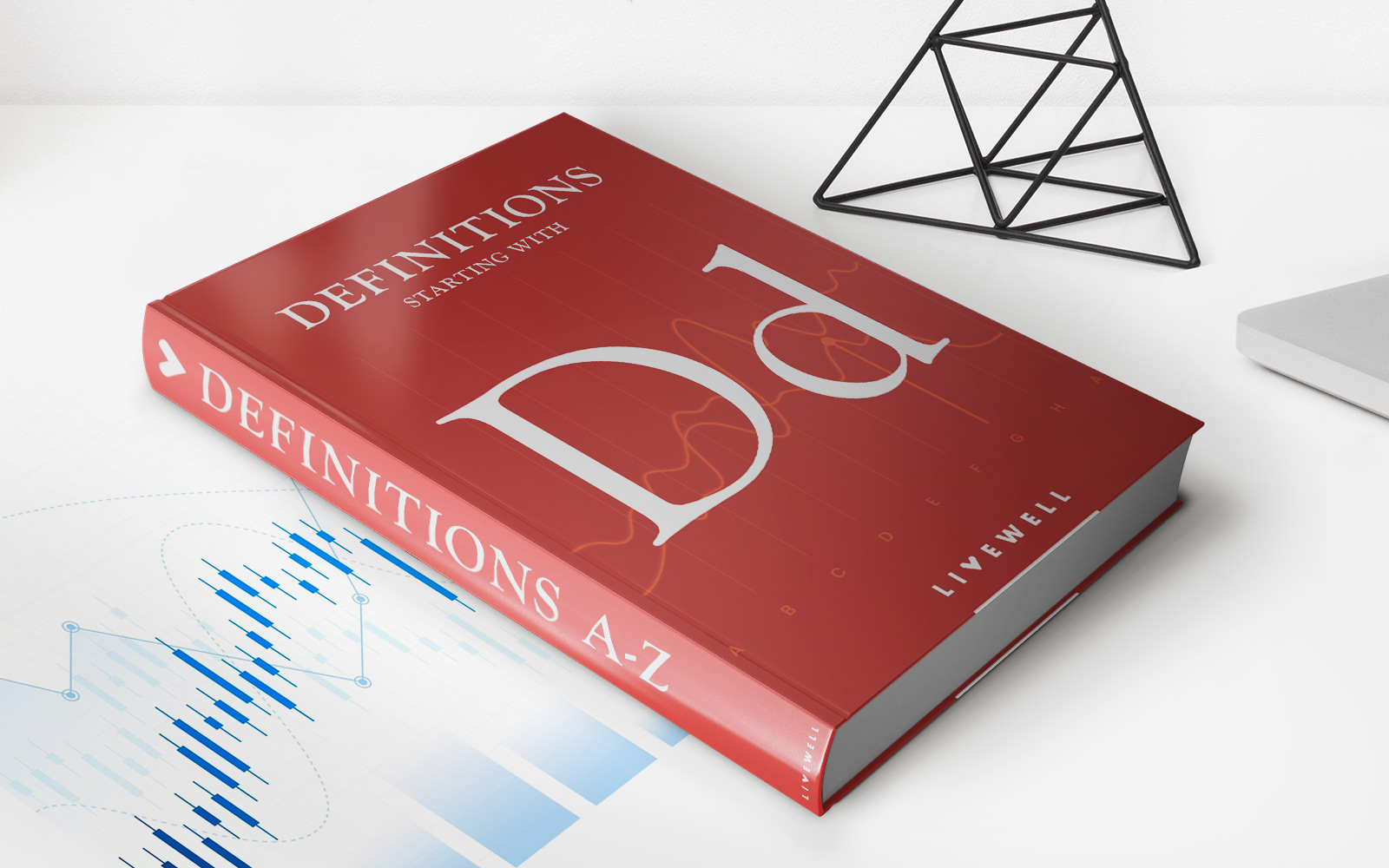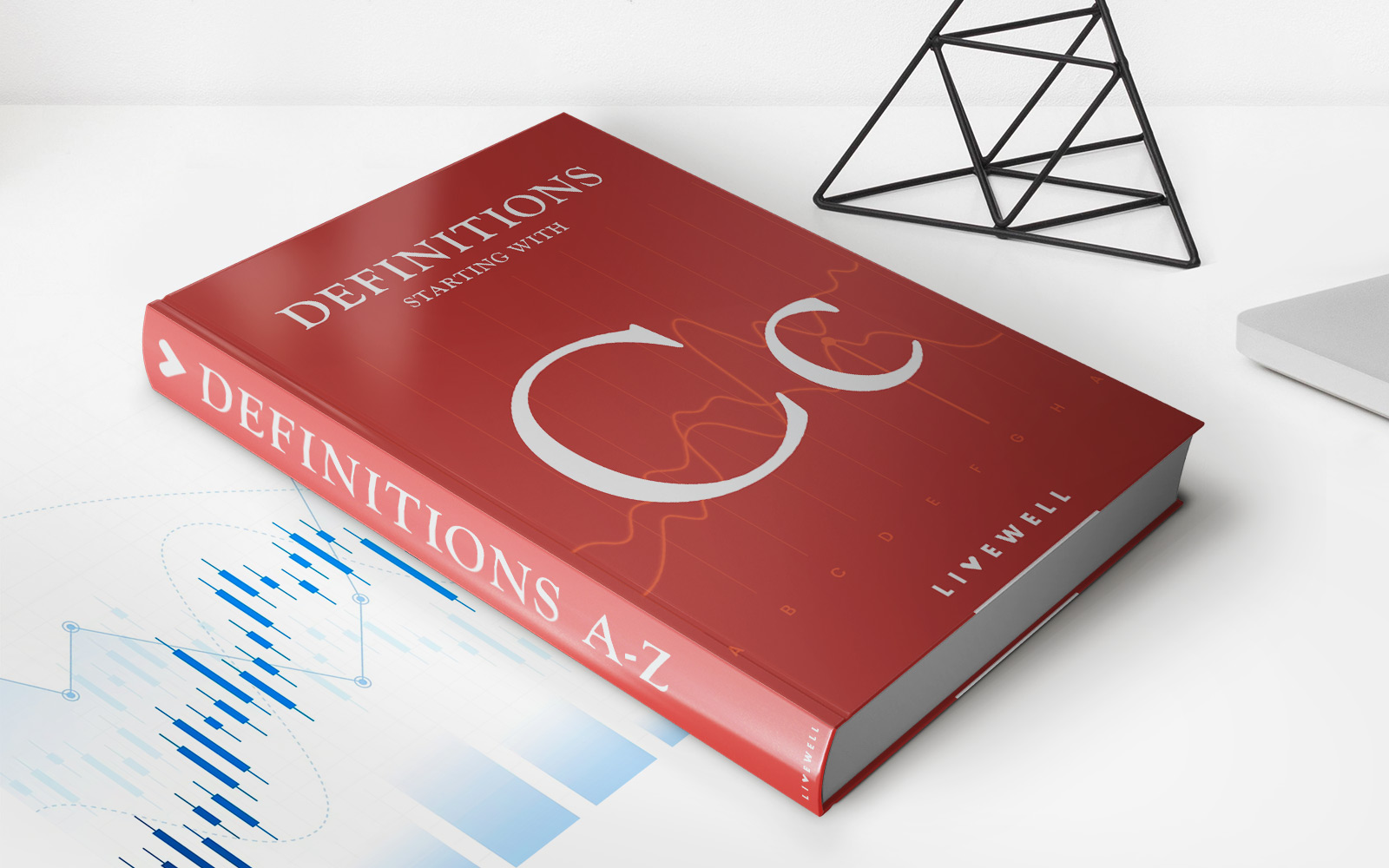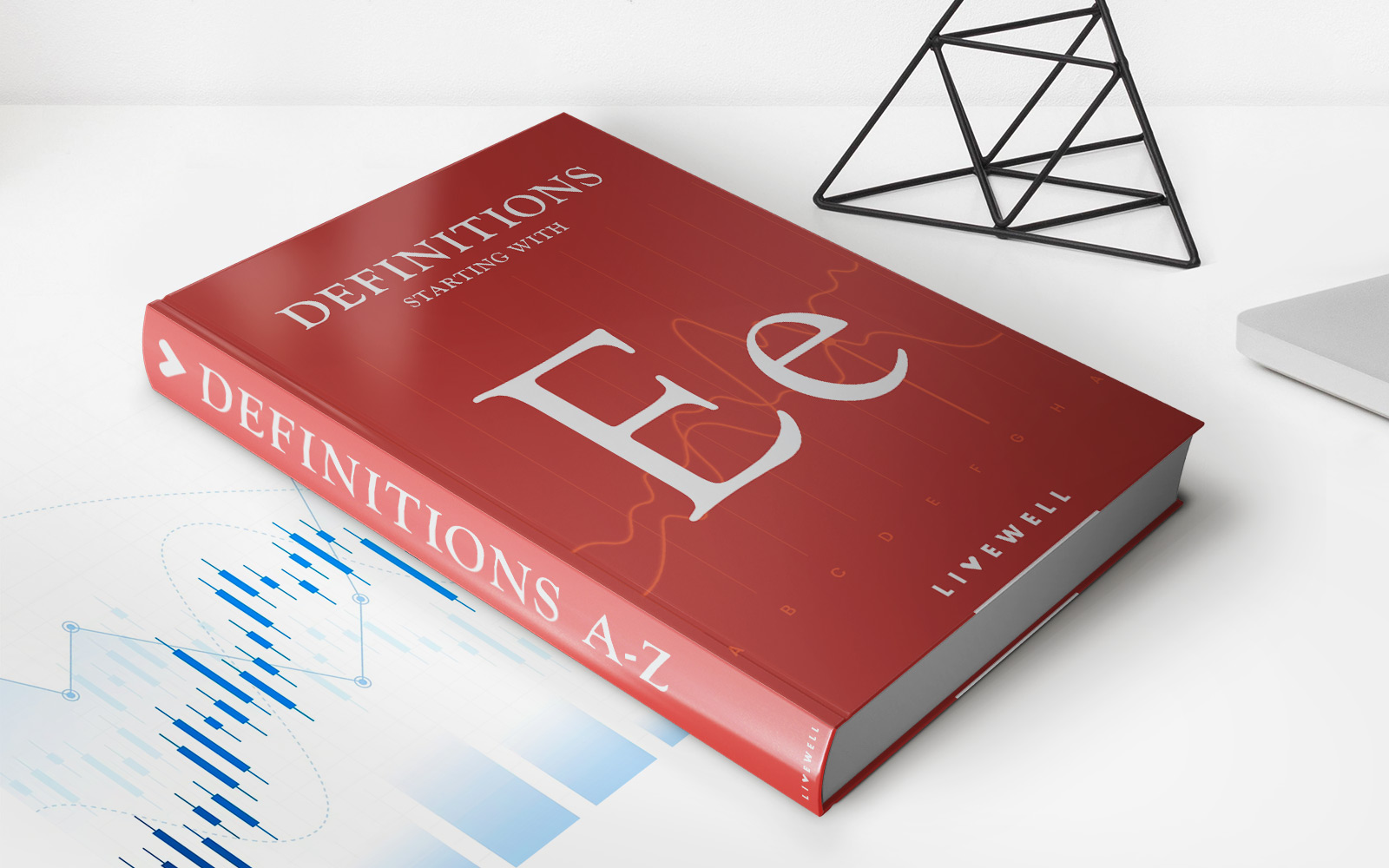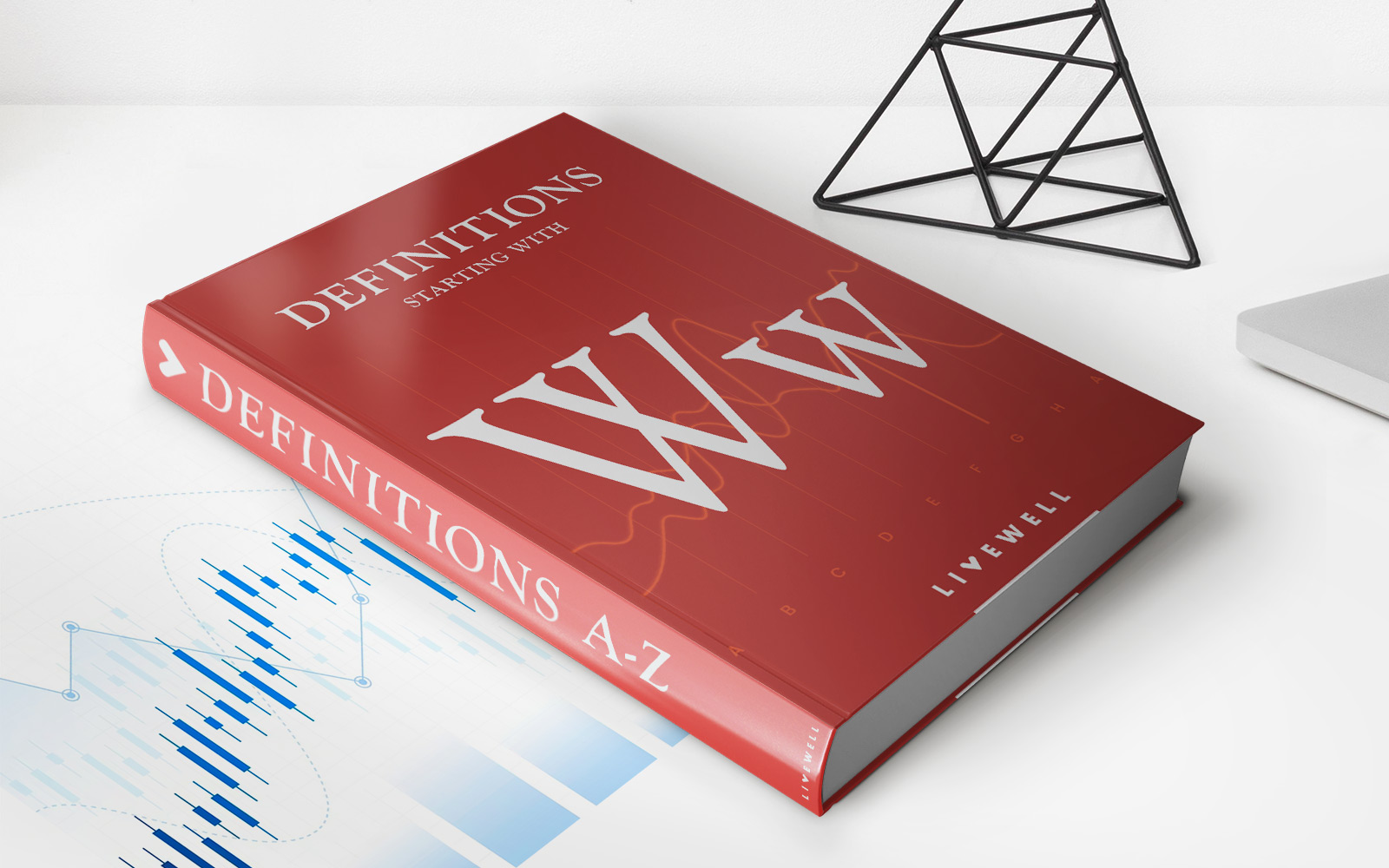Home>Finance>Checks And Balances: Definition, Examples, And How They Work
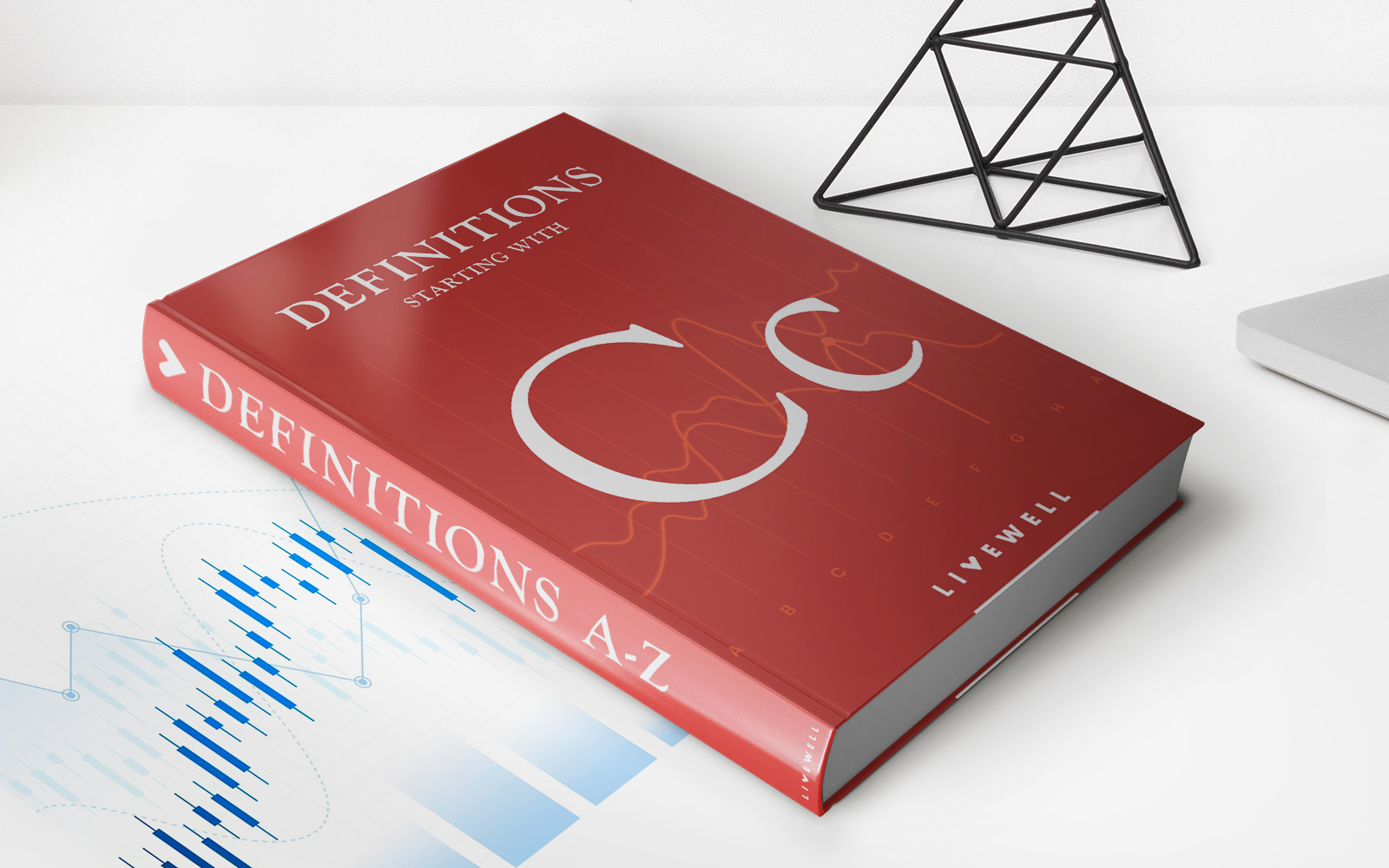

Finance
Checks And Balances: Definition, Examples, And How They Work
Published: October 26, 2023
Learn about the role of checks and balances in finance, including definition, examples, and how they work. Enhance your understanding of this crucial concept in the financial world.
(Many of the links in this article redirect to a specific reviewed product. Your purchase of these products through affiliate links helps to generate commission for LiveWell, at no extra cost. Learn more)
Checks and Balances: Definition, Examples, and How They Work
Have you ever wondered how a government ensures that no single branch or entity becomes too powerful? Well, the answer lies in the system of checks and balances. In this blog post, we will dive into the definition of checks and balances, provide you with some real-world examples, and explain how this system works to maintain stability and fairness within a government.
Key Takeaways:
- Checks and balances refer to a system implemented to prevent the abuse of power within a government.
- This system requires each branch or entity to have some level of control over the others, creating a system of mutual oversight and accountability.
What are Checks and Balances?
Checks and balances, in the context of government systems, are mechanisms put in place to ensure that no single part of the government has absolute power. The goal is to promote accountability, prevent corruption, and maintain a fair governance system. This system of checks and balances is typically found in democratic governments worldwide.
Here’s how checks and balances work in a simplified manner:
- The legislative branch, which consists of lawmakers and representatives, creates laws.
- The executive branch, led by the president or prime minister, enforces the laws.
- The judiciary branch, comprising courts and judges, interprets the laws.
Even though these branches have distinct functions, they are interconnected through a series of checks and balances, ensuring that each branch can limit the power of the others.
Examples of Checks and Balances
Let’s explore some real-world examples of checks and balances:
- Veto Power: The executive branch can veto legislation proposed by the legislative branch, preventing it from becoming law. However, the legislative branch can override the veto with a two-thirds majority vote.
- Judicial Review: The judiciary can declare laws passed by the legislative branch or actions taken by the executive branch as unconstitutional.
- Confirmation Process: The legislative branch has the power to confirm or reject appointments made by the executive branch, such as Supreme Court justices.
These examples highlight how each branch has the ability to check and balance the others, ensuring that no one branch becomes too dominant or infringes on the rights and duties of the others.
Why are Checks and Balances Important?
Checks and balances are crucial for several reasons:
- Preventing Abuse of Power: By ensuring that power is distributed and shared among different branches or entities, checks and balances mitigate the risk of one entity consolidating too much power and potentially abusing it.
- Maintaining Accountability: The system of checks and balances promotes accountability by subjecting each branch to scrutiny and oversight from the others. This ensures that actions and decisions are made in the best interest of the people and are within the bounds of the law.
- Promoting Fairness: Checks and balances are essential for maintaining a fair and just society. By preventing any one entity from becoming too powerful, they provide a foundation for equal treatment under the law.
Without checks and balances, a government may risk descending into autocracy, where the concentration of power in one entity leads to potential tyranny and oppression.
In Conclusion
Checks and balances are an essential component of democratic governments, ensuring that power remains dispersed and that no single branch or entity dominates. This system of mutual oversight and accountability provides a safeguard against abuses of power and encourages fairness within governance structures.
By understanding how checks and balances function and appreciating their importance, we can better appreciate the complexity and resilience of democratic systems. So, let us embrace the concept of checks and balances as a cornerstone of a free and just society.
